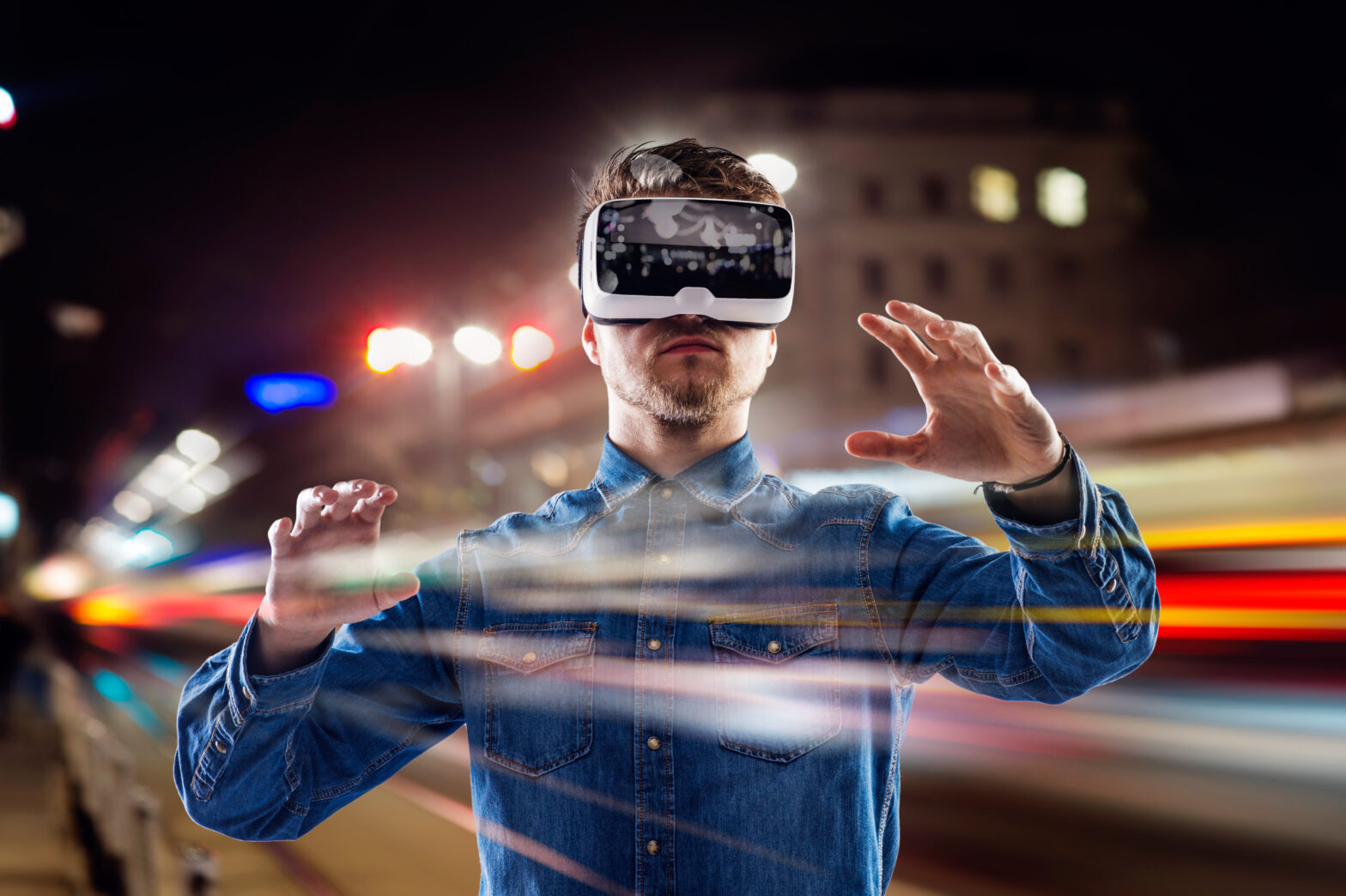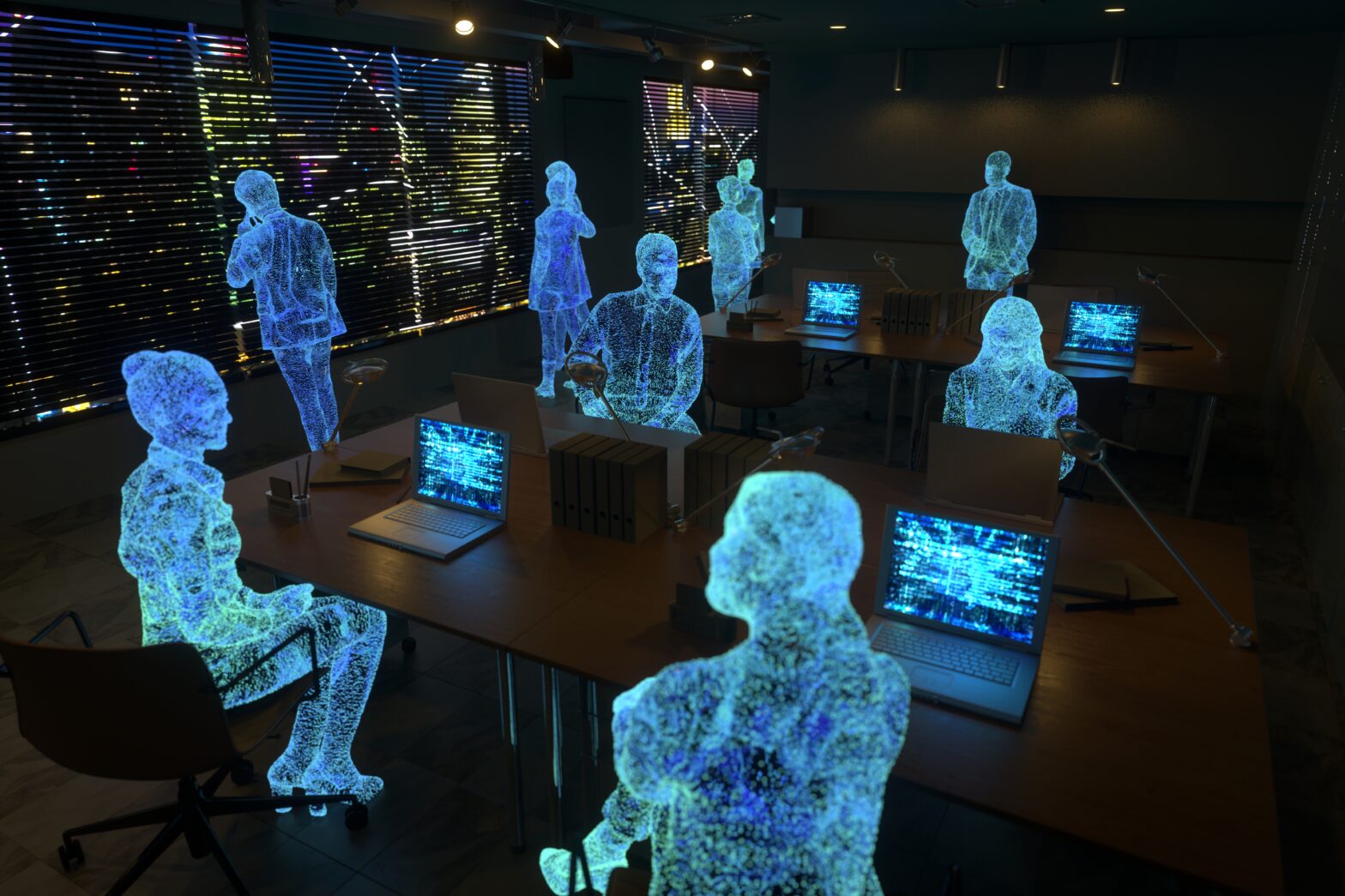In-home virtual reality (VR) is in its infancy, but it offers glimmers of what the future might hold.
The New York Times, for example, is rewriting the art of storytelling using mobile VR headsets that are delivered with the Sunday paper, taking readers to the front lines of global conflicts and into the depths of the solar system. Such mobile experiences hold the key to widespread VR adoption.
But mobile virtual environments are tricky, and technology still presents a barrier to widespread adoption. The potential and the perils are evident from the moment users open their eyes in a VR headset.
VR removes participants from their immediate surroundings and places a new layer of interaction between their nervous systems and physical inputs, interrupting their abilities to coordinate motion. The world is visceral, believable and all-encompassing.
>See also: The business of virtual reality
VR is the new frontier for retailers – if implemented correctly. Most in-home VR providers haven’t yet mastered the balance between immersion and safety, and the last thing retailers want is customers falling down in their homes while reaching for a virtual high heel.
VR does, however, already have an important role carved out when it comes to in-store strategies. Goldman Sachs predicts that VR retail software revenue will hit $1.6 billion by 2025. Sapient Nitro has already come up with a name for the trend: ‘v-commerce’. So here’s what retailers need to do to take advantage of VR.
1. Prioritise context
The most engaging virtual experiences are designed for the spaces where they occur. Brands must integrate VR seamlessly into retail spaces based on where it makes sense in the shopping journey.
The technology holds big opportunities for home improvement stores, for example, where it’s easy to imagine someone picking out a paint color for the kitchen of her newly purchased home, and then slipping on a VR headset to see what that a colour will actually look like on the wall.
The novelty of VR can attract people to these displays, but companies must deliver a truly unique encounter to make it work for them.
Brands also must be careful that their VR enhances, rather than interrupts, the shopping experience. At the flagship TOMS store in California, customers enjoy fresh-roasted coffee and a sun-soaked courtyard as part of their visits, and every element reflects the brand’s tone.
But customers find themselves disconnected from that experience when they reach the Giving Trip VR station. In the midst of a store filled with young, hip people, customers slip into an awkward, isolating headset.
Rather than being immersed in the virtual world, they worry about bumping into other shoppers or someone getting too close to their handbags. The experience itself is educational and engaging, but it’s situated in the wrong place. The Giving Trip’s use of VR use has promise but falls short of its potential.
2. Go mobile
Mobile VR technology isn’t flawless yet. But mopobile handsets already contain the gyroscopic, display and audio platforms to create and share powerful VR encounters, and this technology will only improve in the next several years, so embrace it now and iterate as newer versions allow you to improve the experience.
Oculus and Samsung, for example, released the Gear VR headset, which uses a phone for its screen and processor. As Oculus’s founder Palmer Luckey said, “The only way we’re going to get to billions of users is if VR becomes something that everybody wants to use. And I think to do that, you’re going to [need to] get the cost way down and the quality way up.”
To do that, mobile is the answer. It provides a path to continued engagement that goes beyond the initial curiosity that VR affords. Brands should begin with in-store displays that involve mobile so customers will more readily adopt in-home strategies down the road.
A perfect example of a retailer getting a virtual mobile app right is Wayfair, which enables customers to virtually design an outdoor space. The app lets customers choose from more than 80 products and view pieces from different angles, giving them options that encourage repeated use.
To create a valuable, consistent connection with your audience, design your VR content for mobile-only consumption that can be launched from app notifications and marketing communications.
3. Understand VR’s strengths
VR changes the way we tell stories as much as it changes how we experience them. Brands must think about the messages they want to convey and also how those elements will land in virtual scenarios. Designing explorable worlds requires specific expertise, so create vivid, lifelike scenes.
Take BMW, which is using VR to not only develop new car models, but also to put shoppers behind the wheel of their dream luxury car from anywhere in the world. It provides a fully immersive experience, complete with real images of real streets and even the luxurious purr of a BMW engine.
>See also: The future of virtual reality
The technology will enable retailers to attract people into their shops and transform the buyer’s journey. Mobile VR, in particular, will be essential as the platforms diversify and improve in the next years, and you need to be ready to take advantage of it.
VR is a portal to places audiences can’t easily go. The important question is, where do you want to take them? Challenge your VR partners to explore new ways to tell stories and take the audience deeper.
How can you and your team imagine where the technology can take you? What aspect of that journey would someone never see? Those hidden moments contain magic.
Sourced from Shanon Marks, president, MU/DAI










